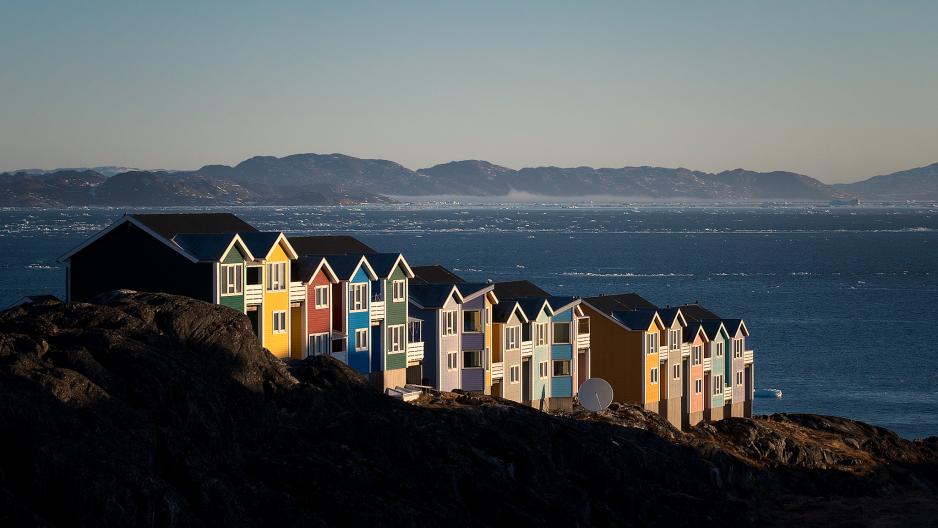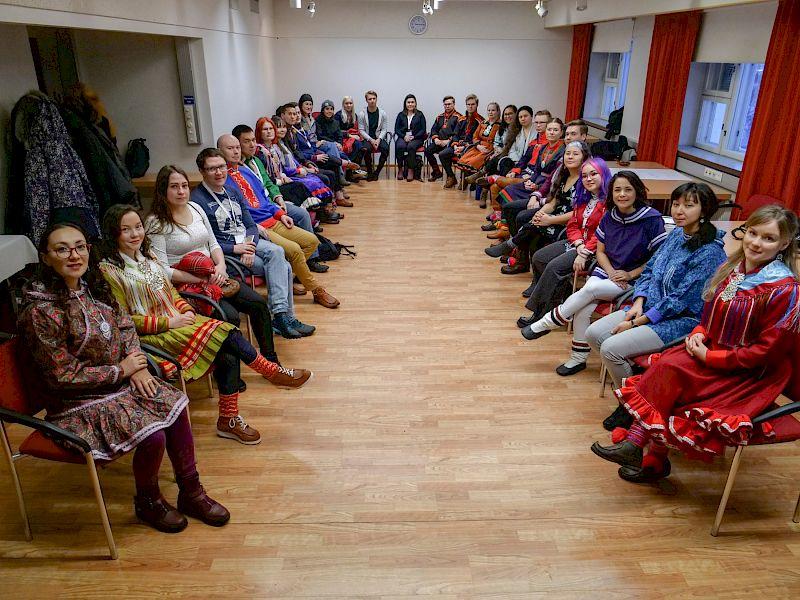"Arctic Communities Should Have the Same Possibilities to Develop as the Rest of the World"

The three-day meeting covered a wide spectrum of topics contributing to Iceland’s overarching Chairmanship ambition, where sustainable development is the guiding theme.
The first-ever virtual Senior Arctic Officials’ plenary meeting was recently held, gathering over 170 delegates online. "There is a stronger sense of sustainable development in the Arctic than anywhere else", says Ambassador Einar Gunnarsson.
For the first time, representatives of the eight Arctic States and six Indigenous Permanent Participant organizations, as well as the Arctic Council’s six Working Groups and over thirty Observers, met virtually for a Senior Arctic Officials’ (SAO) plenary meeting, gathering over 170 delegates online.
High North News has spoken with Ambassador Einar Gunnarsson, Chair of the Senior Arctic Officials to get his thoughts on sustainable development in the High North.
Are you an optimist or a pessimist regarding sustainable development in the Arctic?
“It is very clear that in the Arctic, we are feeling the effects of climate change much stronger than anywhere else in the world. After all, the climate is warming up at a much faster pace, double the pace at least than other places in the world. Even the most optimistic projections in the Arctic show that we will be dealing with upwarming in the years to come", Gunnarsson says and continues:
"From the Arctic perspective, this is not about if, but rather how, we are dealing with it. Even in the best scenarios that we are looking at, with a fully implemented Paris Agreement, we would still be dealing with massive changes", he says and adds:
"In the work of the Arctic Council, the focus is quite strong on adaptation and resilience. But that does not take away from the commitment that most of us have on mitigation and what we should do to reduce these changes.”
The Arctic is like an amplifier
It has been said that if globalization slows down, the impact is felt twice as hard in the Arctic. How can we find a good balance between globalization and climate change?
“This is true on many levels. The Arctic is like an amplifier. The Arctic might not be the main driver in the world, but whatever happens elsewhere in the world, the effects are felt more strongly here. The focus in the Arctic Council has always been on sustainability, which means a balance between three pillars, environmental protection, economic development, and social development. We cannot achieve sustainable development unless we achieve a balance between these pillars", he says and elaborates:
"The communities of the Arctic should have the same possibilities to develop as the rest of the world. I think that within the Arctic, there is a strong sense of both the responsibilities and the rights that the Arctic communities have. There is probably a stronger sense of sustainable development in the Arctic than anywhere else. After all, the inhabitants of the Arctic, especially the Indigenous communities and populations, have been closer to sustainability and the impacts of development, than many others throughout the years", he says in closing.
Plenary meeting
The three-day meeting covered a wide spectrum of topics contributing to Iceland’s overarching Chairmanship ambition, where sustainable development is the guiding theme.
Participants discussed steps to promote green energy solutions in the Arctic, including just and equitable processes.
Climate and green energy solutions
The Council’s Working and Expert Groups presented their progress on projects that provide off-grid communities with green and hybrid technologies for more reliable energy access.
The Chair of the Arctic Contaminants Action Program, Inger Johanne Wiese emphasized the responsibility of Arctic States to take a lead in the transition, but also emphasized the importance of engaging Indigenous peoples, local communities, researchers and industries in the process.
In addition, the Icelandic Meteorological Office presented digital elevation models of glaciers in the Arctic and their monitoring and modelling of freshwater inflow to the Arctic Ocean, and showcased the dramatic changes already occurring in the Arctic environment.
The Icelandic Chairmanship places importance on the continuation of both the modelling efforts undertaken during the United States’ Chairmanship (2015-2017) and Finland’s emphasis on meteorological cooperation and services (2017-2019).
Incoming Russian Chairmanship
The Russian Federation will assume the Chairmanship of the Arctic Council at the Reykjavik Ministerial meeting in May 2021.
The delegation of the Russian Federation emphasized that youth cooperation also will play an important role in Russia’s upcoming Chairmanship and that all channels of the Council should be open for youth.
Further, Russia’s Senior Arctic Official, Nikolay Korchunov, outlined the program and priorities for the 2021-2023 Chairmanship. He noted that sustainable development will be a key focus of the Russian Chairmanship with the first priority being the human dimension, followed by an emphasis on the environment as the second and sustainable economic growth as the third priority area.
Youth engagement
The meeting followed up on the discussion on youth engagement as Arctic Council delegates had decided at the last Senior Arctic Officials’ meeting, held in Hveragerði, Iceland. Many States and Permanent Participants had included a youth representative in their delegations. In total, 15 aspiring Arctic leaders joined the virtual meeting and actively contributed to discussion items.
“Youth engagement will also benefit the Arctic Council in the future, as youth are the leaders and experts of the future.” says Enni Similä, youth representative at the Saami Council.
Proposals for strengthened youth engagement were well received by all Arctic States and Permanent Participants. Suggestions included formal internship programs, continuation and expansion of youth representation in delegations, and the establishment of a youth group that could advise on possible further action.
This is the start of a journey, not the end of the voyage
Marine litter and plastic pollution
Plastic pollution in the Arctic marine environment is a priority area during the Icelandic Chairmanship. One of its main outputs will be the first regional action plan on marine litter in the Arctic for delivery at the Ministerial meeting in May 2021.
The Working Group on the Protection of the Arctic Marine Environment (PAME) provided an overview of the plan, which will present a suite of strategic actions, addressing amongst others fisheries and aquaculture operations, waste management on ships, coastal clean-ups, and international cooperation.
The action plan, which is a joint effort by the Arctic Council’s Working Groups, Arctic States, Permanent Participants and the Council’s Observers will also contain sections on environmental monitoring and implementation.
The Chairmanship’s designated special coordinator on marine litter and plastics pollution, Magnús Jóhannesson outlined the Council’s wider efforts on tackling marine litter and plastics, including the development of monitoring guidelines by the Arctic Monitoring and Assessment Programme (AMAP).
He further informed the delegates that the International Symposium on the Threat of Plastics in the Arctic and Sub-Arctic Marine Environment, originally scheduled to take place in spring 2020, has been postponed to 2-4 March 2021 due to the pandemic.
The format of the symposium will be decided in January 2021.




